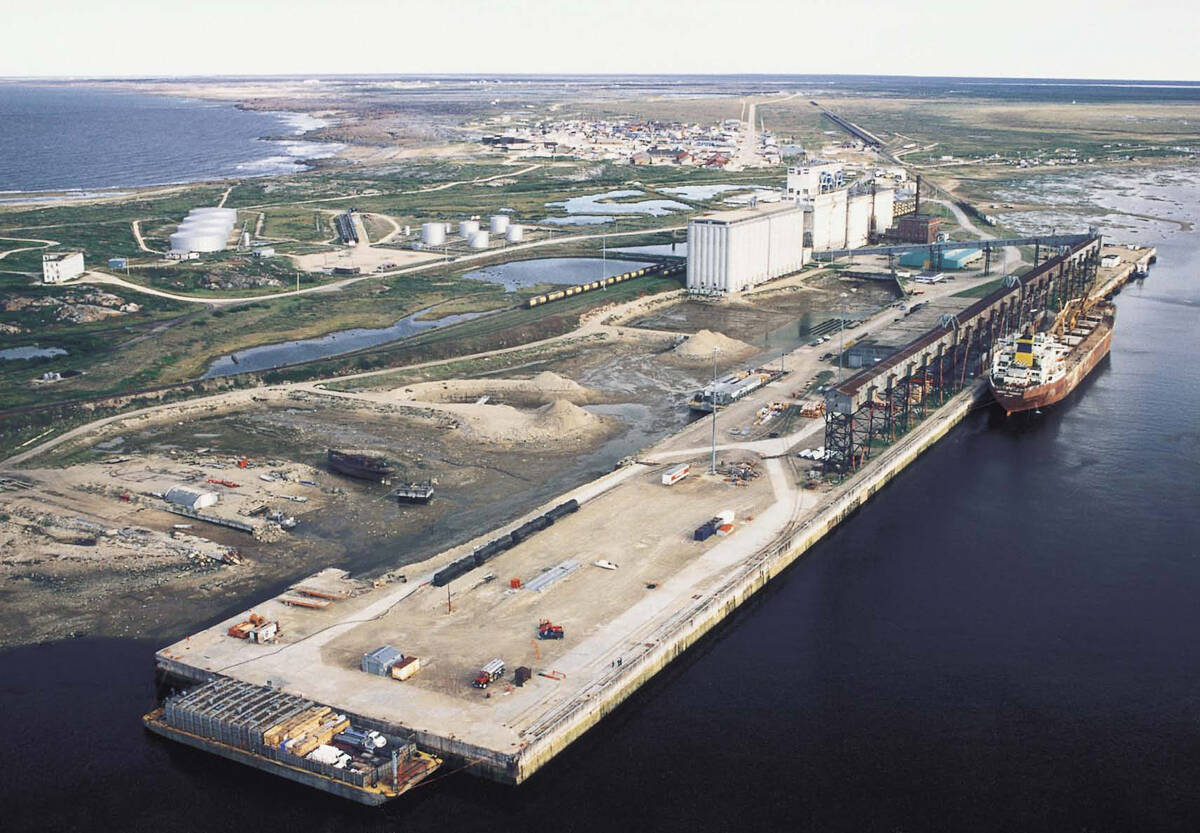Firestone’s new Advanced Deflection Design agricultural tires are engineered to fit the increased flexion (IF) and very high flexion (VF) categories for agricultural tires.
Field studies at the Firestone Research Farm in Ohio show that AD2 tires yield a four percent savings in fuel and a five percent savings in time when compared to equivalent sized radial tires, according to Firestone field engineer Wayne Birkenholz.
Birkenholz said the Tire and Rim Association defines IF as a tire that can carry 20 percent more load when compared to the same size standard radial at the same inflation pressure as the standard radial. It can also carry the same load at a lower inflation pressure.
Read Also

Defence investments could benefit agriculture
A bump in Canada’s NATO spending commitments could lead to infrastructure investments that would benefit rural areas
The VF criteria allows 40 percent more load on the tire when compared to the same size standard radial at the same inflation pressure as the standard radial tire. It can also carry the same load at a lower inflation pressure.
“I’m sure there are some similarities,” Birkenholz said when asked if all tire companies achieve their IF and VF in the same way. “Of course the details are proprietary, but I think we would all look at those areas of a tire where the stresses normally cause failure. Those are the areas we work to strengthen.”
He said the sidewall is the thinnest part of a tire, and it does all the flexing. However, it is not the weakest link.
Stiffening the sidewall wouldn’t make the tire stronger and would negate the benefit of a flexible radial.
A radial tire is required to flex for the footprint to spread out and become larger. This distributes the weight better, creates better traction and minimizes soil compaction.
“How much load we can carry with that tire depends on two things: size of the air cavity and the pressure we put into that cavity.,” he said. “Air volume and air pressure are the two factors our engineers have to work with.”
He said from there it’s a matter of simple math. A larger cavity in the tire will hold a larger volume of air, allowing producers to carry the same load at a lower pressure. That lower pressure is what produces the bigger, lighter footprint.
A smaller cavity in the standard tire requires more air pressure to carry the same load, so the manufacturer has to put more body plies in the sidewall to handle the higher inflation pressures, thus causing slippage and compaction.
“When we go to the new AD2 technology, we’re carrying that same load at lower pressure. We don’t need as much body strength from the sidewall fabric,” he said.
“To make it work, we need to look at those areas where a standard tire might fail if it were to run under inflated or overloaded, and we address those areas. When it comes to tractor tires, they typically fail up at the shoulder near the lugs or down at the bead near the rim. So those are the areas that received the most attention on our AD2 line of tires.”
Birkenholz said there is a down side to running low pressures in IF or VF tires: the flexible sidewall that is a positive factor at field speed becomes a negative factor at transit speed.
“You’ll likely lose some lateral stability with any IF or VF tire because the sidewalls are flexing more,” he said.
“On hillsides like they have in Oregon, it might not be a good investment. In fact, I wouldn’t recommend this kind of technology for hills like that.”
Running IF or VF tires at normal pressures defeats the purpose of the design, he added.
ron.lyseng@producer.com















